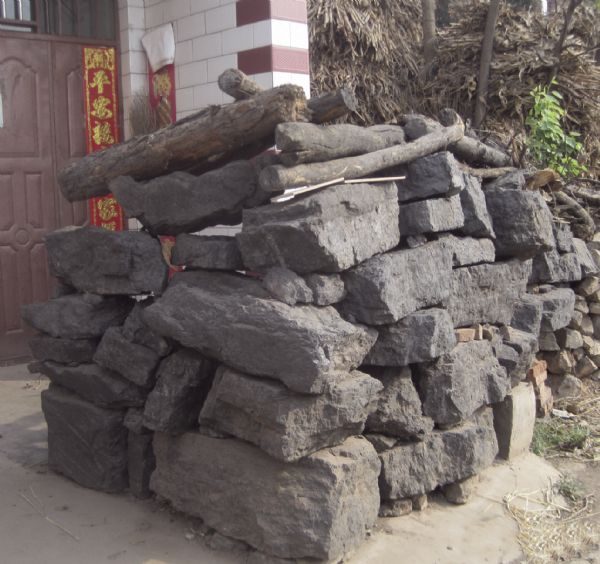 PDF(424 KB)
PDF(424 KB)


The epidemic status and risk factors of lung cancer in Xuanwei City, Yunnan Province, China
{{custom_author.name}}, {{article.zuoZheEn}}
 PDF(424 KB)
PDF(424 KB)
 PDF(424 KB)
PDF(424 KB)
The epidemic status and risk factors of lung cancer in Xuanwei City, Yunnan Province, China


| [{{custom_ref.label}}] |
{{custom_citation.content}}
CrossRef
ADS
Pubmed
arXiv
Google scholar
|
/
| 〈 |
|
〉 |